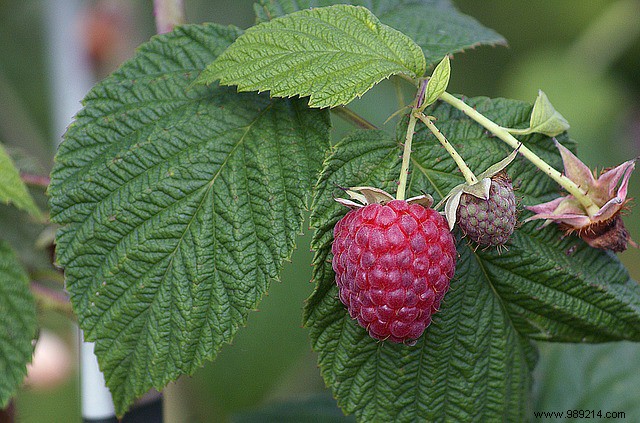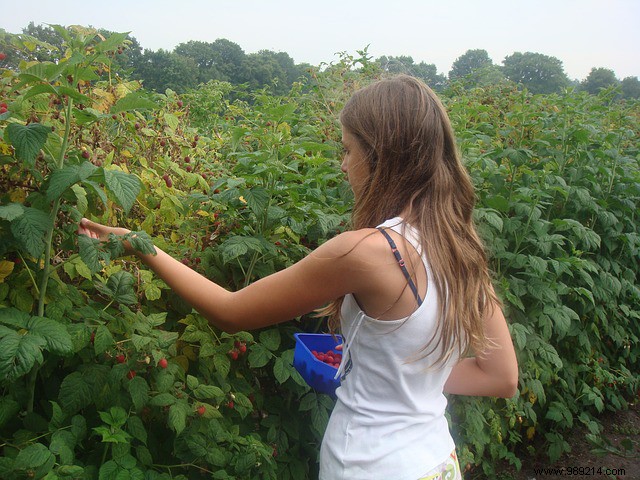
The raspberry bush is easy to plant and can constitute a greedy hedge if it is well exposed (see the raspberry culture sheet). However, it will be necessary to choose the variety of raspberry to grow carefully so that it is adapted to the terrain, the maintenance conditions and the aesthetics that you hope to have for your garden.
As this shrub is generally suckering with more or less thorny branches, it will then be necessary to take into account the size to adopt for your raspberry bush. Resistant to cold, it adapts very well to all climates.
This plant has all the characteristics dreamed of for an easy-care garden in addition to its delicious fruits. You just need to follow a few tips to make the most of this experience.
When purchasing your raspberry plant, be aware that there are two major types of varieties to choose from. The non-remontant which fructifies in June and July on the shoots of the previous year and the remontant which fructifies in July and then in September. The size of the raspberries will indeed depend on the variety of your shrub.
They are sold with bare roots, in pots or in containers. It should be noted that your raspberry will be more difficult to grow in a pot since the shrub suckers. For an ideal planting, prefer autumn by putting it in light and cool soil to promote rooting and avoiding periods of frost to promote fruiting for the following year. The fruits will be much more numerous and sweeter if the plantation is well exposed to the sun. Trellising allows your raspberry bush to grow in the best conditions in order to control growth, size and have good fruiting.
It will be a question of planting in line and mounting a wire frame in order to create 2 different lines in parallel, spaced 1m apart and placed about 60cm from the ground. This method will make it easier to maintain your shrub and to carry out the right pruning because the attached stems will have to be cut in winter and the center one trellised in turn.

For fertilization, spread compost in autumn and spring, at the foot of the shrubs, and take care to practice regular trellising on new shoots.
Water abundantly in summer especially when the fruits begin to grow and then ripen. This type of shrub does not tolerate drying out well. Some preventive measures must be taken to protect it from pests and gray fruit rot.
The best-known threats are aphids that cause leaves to lose their original color and curl, and raspberry worms spread by a beetle that oviposits in flowers. To fight worms effectively, you can plant forget-me-nots at their feet to limit the proliferation of worms.
Run away from insecticides and fungicides that will end up in the fruits you eat!...